Security News
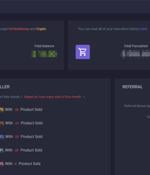
A previously undocumented "Phishing empire" has been linked to cyber attacks aimed at compromising Microsoft 365 business email accounts over the past six years. "The threat actor created a hidden underground market, named W3LL Store, that served a closed community of at least 500 threat actors who could purchase a custom phishing kit called W3LL Panel, designed to bypass MFA, as well as 16 other fully customized tools for business email compromise attacks," Group-IB said in a report shared with The Hacker News.
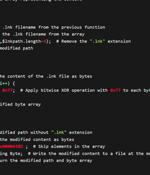
A new phishing attack likely targeting civil society groups in South Korea has led to the discovery of a novel remote access trojan called SuperBear. The intrusion singled out an unnamed activist, who was contacted in late August 2023 and received a malicious LNK file from an address impersonating a member of the organization, non-profit entity Interlabs said in a new report.

According to the report, attackers favor Microsoft because of the potential to move laterally through an organization's Microsoft environments. If 4.31% seems like a small figure, Abnormal Security CISO Mike Britton pointed out that it is still four times the impersonation volume of the second most-spoofed brand, PayPal, which was impersonated in 1.05% of the attacks Abnormal tracked.
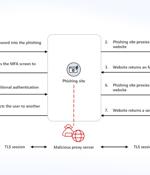
Microsoft is warning of an increase in adversary-in-the-middle phishing techniques, which are being propagated as part of the phishing-as-a-service cybercrime model. In addition to an uptick in AiTM-capable PhaaS platforms, the tech giant noted that existing phishing services like PerSwaysion are incorporating AiTM capabilities.

The National Police of Spain is warning of an ongoing 'LockBit Locker' ransomware campaign targeting architecture companies in the country through phishing emails. BleepingComputer's analysis shows that the executed Python script will check if the user is an admin of the device, and if so, make modifications to the system for persistence and then executes the 'LockBit Locker' ransomware to encrypt files.

Cofense, a U.S.-based email security company, released a new report about a massive QR code phishing campaign that targets numerous industries. QR codes are not often used in phishing campaigns; cybercriminals tend to use them more in day-to-day life, leaving QR codes in different places so curious people will scan them and possibly get scammed or infected by malware.
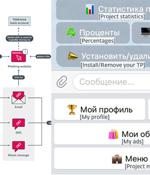
Dubbed Telekopye, a portmanteau of Telegram and kopye, the toolkit functions as an automated means to create a phishing web page from a premade template and send the URL to potential victims, codenamed Mammoths by the criminals. The attack chains proceed thus: Neanderthals find their Mammoths and try to build rapport with them, before sending a bogus link created using the Telekopye phishing kit via email, SMS, or a direct message.
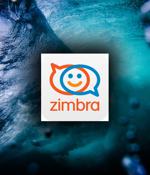
ESET researchers have uncovered a mass-spreading phishing campaign aimed at collecting Zimbra account users' credentials. Zimbra Collaboration is an open-core collaborative software platform, a popular alternative to enterprise email solutions.

Phishing remains the most dominant and fastest growing internet crime, largely due to the ubiquity of email and the ceaseless issue of human error that is preyed upon by today's threat actors, according to Cloudflare. Cloudflare observed more email threats targeting political organizations.

An ongoing phishing campaign has been underway since at least April 2023 that attempts to steal credentials for Zimbra Collaboration email servers worldwide. According to the ESET researchers, the attacks start with a phishing email pretending to be from an organization's admin informing users of an imminent email server update, which will result in temporary account deactivation.